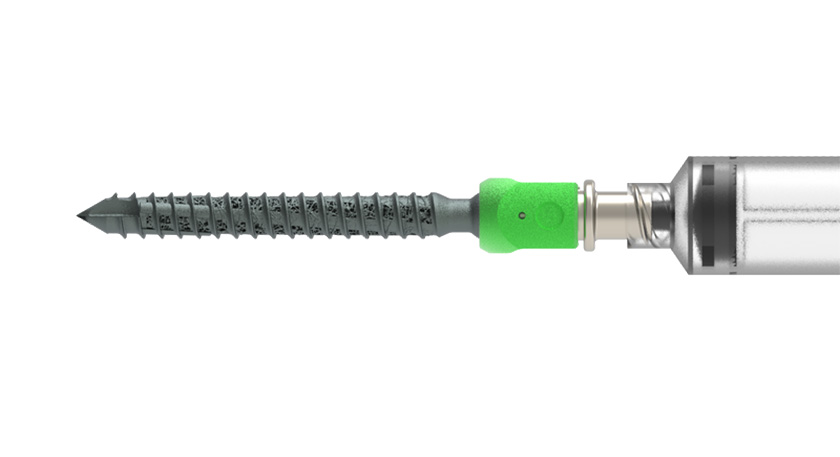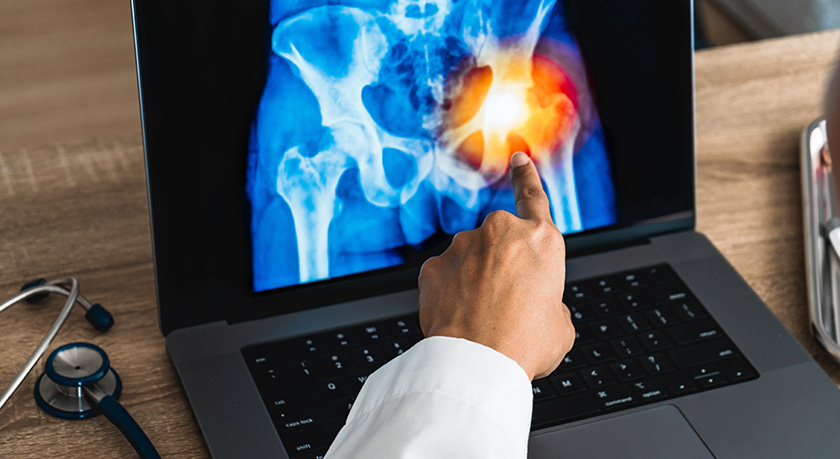
Johnson & Johnson announced plans to spin off its orthopedics business over the next two years to create a standalone company that operates as DePuy Synthes. The move aims to enhance the strategic and operational focus of each company and drive value for stakeholders.
The news was revealed on the same day as Johnson & Johnson’s Q3 earnings call, during which the company announced $8.4 billion in sales and growth of 5.6% compared to the third quarter of 2024. Orthopedic sales for the quarter totaled $2.27 billion, up 3.8%.
“This transaction enables Johnson & Johnson to further strengthen its focus and investment toward higher-growth areas where we can meaningfully extend and improve patient lives,” said Joaquin Duato, Chairman and Chief Executive Officer of Johnson & Johnson. “The planned separation reflects our long-standing commitment to portfolio optimization and value creation. We are confident that our orthopedics business will be better positioned to improve top-line growth and operating margins.”
Johnson & Johnson rebranded its medical device divisions in September 2023, consolidating the Ethicon, DePuy Synthes, Biosense Webster, Abiomed and CERENOVUS brands under the Johnson & Johnson MedTech banner. J&J MedTech is the second largest company in orthopedics, trailing only Stryker in annual revenue.
Tim Schmid, Executive Vice President, Worldwide Chairman at Johnson & Johnson MedTech, believes the latest restructuring gives DePuy Synthes greater agility and flexibility to meet the unique needs of its patients and customers while Johnson & Johnson continues to focus on the oncology, immunology, neuroscience, cardiovascular, general surgery, and vision markets.
“We will work to solve the hardest problems in these areas, where disease is most devastating, and where technology can have the most meaningful impact,” he said.
Namal Nawana has been appointed to serve as Worldwide President of DePuy Synthes. Nawana previously spent more than 15 years at Johnson & Johnson in senior leadership roles, including Worldwide President of the company’s DePuy Synthes spine business. He previously served as Chief Executive Officer and a member of the Board of Directors of Smith+Nephew.
Masha Dumanis, Senior Vice President at Kx Advisors, shared her thoughts about Johnson & Johnson’s decision on LinkedIn.
“After multiple attempts to restructure and hints that J&J would shed lower-performing businesses, which I always thought would be spine, the company decided they would be better served to let orthopedics go — and the market seems to agree,” she wrote.
Dumanis noted that Johnson & Johnson made bold moves since rebranding to J&J MedTech in efforts to steal back market share, mostly lost to Stryker, and spinning off its orthopedics division represents a larger trend of trimming portfolios instead of building new business.
“That’s mostly because many people in the industry view ortho as slow growing, but it’s also because scale comes at the cost of fast-paced innovation,” she added. “I’ll be eager to see if working as a standalone allows [it] to be nimbler and more flexible.”
Mike Evers, Senior Market Analyst at ORTHOWORLD, said that orthopedics has been challenging for Johnson & Johnson over the last decade, during which the company posted a CAGR under 1%.
He noted that J&J MedTech initiated a restructuring program to simplify its orthopedics portfolio and operations, but the company found it difficult to keep pace with its competitors’ innovations as the industry’s landscape evolved, especially around enabling technology.
Like many industry observers, some of whom called the move long overdue, the news of J&J’s orthopedics spinoff did not catch Evers off guard.
“The only surprising thing about the announcement is that it took J&J this long to pull the ripcord on orthopedics,” Evers said. “The business unit has been stuck in neutral for the better part of 10 years. It’ll be interesting to see what DePuy Synthes can do while focusing on higher growth segments but based on historical examples, it will likely need to endure a long period of disruption before and after the spin-off.”
Evers believes that the company’s decision to separate the profitable but slow-growing orthopedics business will help J&J MedTech’s growth rate, but said the future is less clear for DePuy Synthes.
“From our perspective, its existing portfolio and innovation problems will remain post spin,” he said. “It could be in for a period of painful right-sizing or could look to refocus on a smaller set of priority segments by further divesting some assets.”
DC
Dan Cook is a Senior Editor at ORTHOWORLD. He develops content focused on important industry trends, top thought leaders and innovative technologies.




